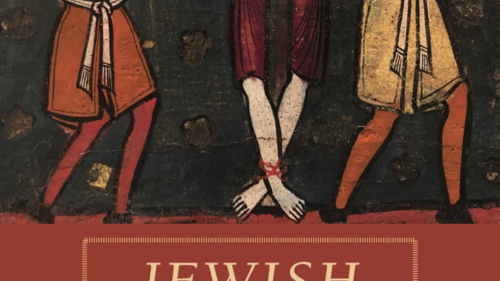Written from a Palestinian perspective, this doctoral thesis analyzes various proposals for resolving the Palestinian refugee issue; Chiller-Glaus considers only those plans that involve Israel’s return to the armistice lines of 1949, evacuation of all settlements, restitution of property, or compensation; most also include some form of Palestinian “right of return.” The plans he considers include 1) the Abu Sitta proposal of complete resettlement in Israel; 2) residency but not citizenship; 3) admitting only those who were actually expelled in 1948 to return to Israel; 4) the Beilin-Abed Rabbo Geneva initiative, advocating evacuation of all settlements, return to 1949 borders, division of Old City with Palestinian sovereignty over the Temple Mount, Palestinian renunciation of “right of return"; 5) allowing Palestinians who remained in Israel after 1948 to return and claim property; 6) the Agha-Malley idea of partial return with compensation and land swaps; 7) the Alpher-Shikaki plan of property restitution, compensation, and reparations, which they estimate to be between $20-$40 billion; 8) the Gush Shalom initiative to allow refugees to choose among plans; and 9) the Ayalon-Nusseibeh plan of return to the state of “Palestine,” along with compensation.
This well-organized book includes Arab and Israeli pros and cons for each plan and offers a historical background that relies exclusively on left-wing secondary sources (e.g., Avi Shlaim, Ian Lustig, Benny Morris) and various Palestinian journals. A chapter devoted to the Camp David negotiations attempts to demonstrate Israel’s intransigence in order to explain the failure of the talks. Another chapter applies the German-Israeli model of negotiations to those between Israel and the Palestinians although the author concedes that there is no comparison between the events of 1948 and the Holocaust. In his conclusion that Israel bears responsibility for the Arab refugee problem, the author does not explain what Israeli officials could have done to prevent the creation of refugees when the nascent Jewish state was attacked by local Arabs and five Arab armies.
Surprisingly, the study omits discussion of the single most important factor in perpetuating and exacerbating the Palestinian refugee problem: the United Nations Relief and Works Agency (UNRWA). It also lacks a presentation of the “Jordanian option” or a regional humanitarian solution, such as that proposed by Israeli parliament member Benny Elon.[1] The author also does not discuss the political, social, economic, or environmental issues involved in a resettlement program. Also striking is the omission of the words “terrorism” or “security.” In view of the fact that the Palestinian Authority is corrupt, dysfunctional, plagued by violent internal conflicts, and frequently implicated in incitement and terrorism, one wonders how such issues escaped the author’s attention.
None of the plans presented have any possibility of working because they lack an effective mechanism for monitoring and implementation. Nor is there any way of getting widespread, let alone unanimous, acceptance among Palestinians. Who would sign on their behalf—and how long would he remain in power or alive? Theoretically any of the plans might work; practically, none of them can.
[1] “The Israeli Initiative: The Right Road to Peace,” accessed Mar. 5, 2008.



